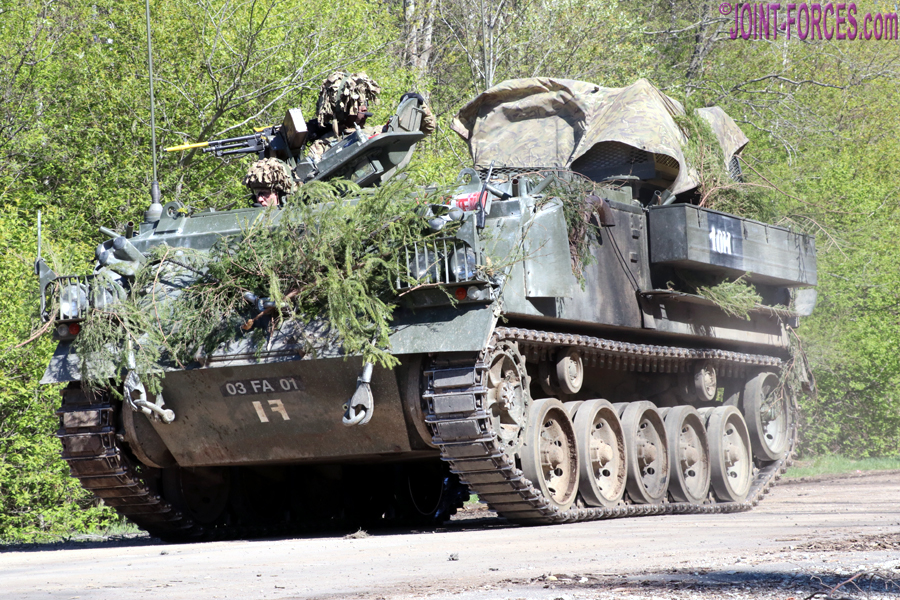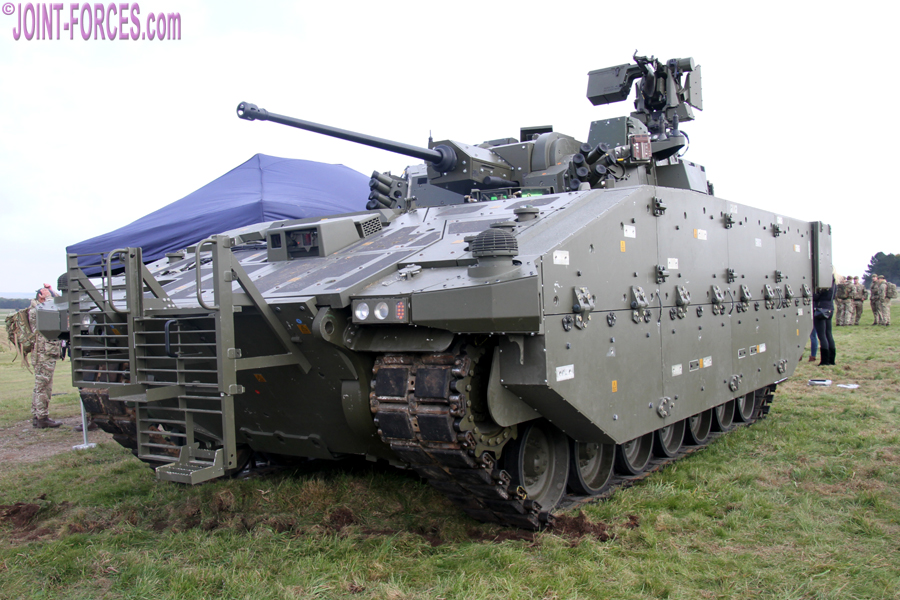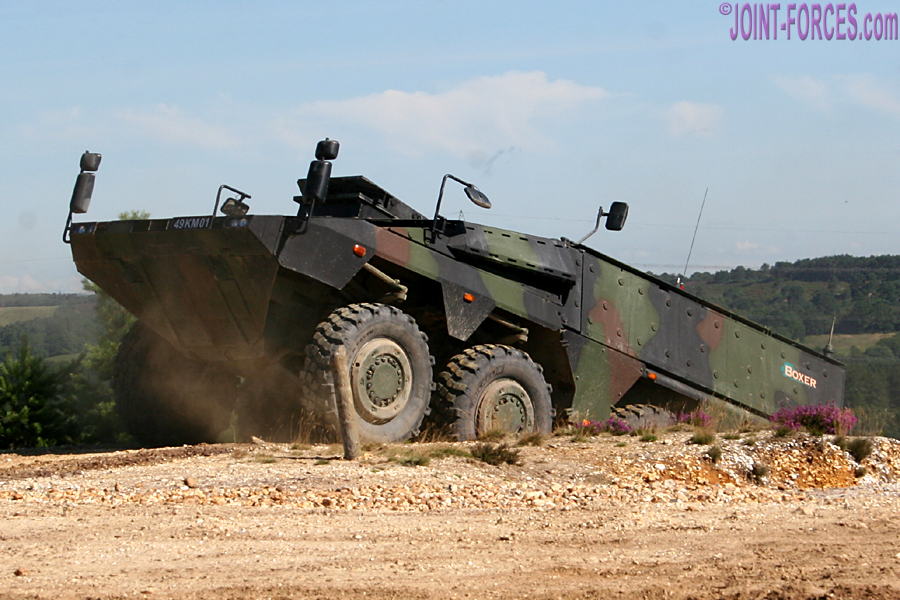
UK Public Accounts Committee warns new defence money will potentially be lost in ‘funding black hole’ at centre of UK defence equipment plan.
~
UK House of Commons Public Accounts Committee – 00.01, 16 March 2021: The Ministry of Defence has once again published a ten-year military equipment and capabilities Plan with a funding ‘black hole’ at its centre, potentially as big as £17.4 billion. MoD also faces additional cost pressures estimated at more than £20 billion to develop future defence capabilities not yet included in the Plan. In a report published today the Public Accounts Committee raises the alarm again that “this is highly destabilising for defence and must not continue”.
The MoD remains stuck in a cycle of focusing on short-term financial pressures. It has sought to balance its annual budget by again deferring or descoping the development of capabilities, resulting in poor long-term value for money and the use of all its contingency funds in 2020-21 to help offset funding shortfalls.
MoD’s assessment of the Plan’s affordability also assumes it will make significant levels of efficiency savings in the future but again its record offers little hope on this front and it has “continued to include unrealistic savings in the Plan” – £3.7 billion of savings in the 2020-30 Plan which it has not implemented plans to deliver. The failure to even factor in, much less achieve, savings – and find necessary additional ones – only makes the existing Plan even less affordable: before any consideration of developing the new military strategy and capabilities expected in the long-delayed ‘Integrated Review of Security, Defence, Development and Foreign Policy’.
In November 2020, the government announced an additional £16.5 billion of defence funding over the next four years, intended for modernising UK defence and investment in new technologies like cyber and space capabilities. But with the existing equipment budget not balanced, MoD “must make tough choices to end the vicious circle of short-term financial management and delays in developing military capabilities.” Once it has finally established a balanced equipment programme, MoD will “need to develop a more sophisticated approach to assessing future funding pressures and managing its equipment expenditure”.
Meg Hillier MP, Chair of the Public Accounts Committee, said: “The outgoing Permanent Secretary of MoD was clear in evidence to our inquiry that the new £16.5bn defence funding settlement is not being added to a balanced budget and is simply, in his words ‘not all going to go on new and revolutionary kit’. On the face of it, it’s potentially swallowed whole by the up to £17.4bn funding black hole at the centre of our defence capabilities, and Sir Stephen was equally clear about the capability reductions that will have to happen for the UK to look forward to any enhancements.
“What is crucial is that this new money is not instead just eaten up, once again, by the constant, debilitating time and budget overruns that have been eroding our national defence and security for years.”

PAC Report Conclusions and Recommendations
6. It is very disappointing that the Department’s latest Equipment Plan is unaffordable for the fourth year in a row. The Department must get a grip on the serious affordability issues that this Committee has highlighted year after year, rather than accept this situation as normal. The Department’s central estimate of the funding shortfall on equipment projects over 2020-2030 was £7.3 billion but this figure could be as high as £17.4 billion if certain risks materialise. The Department also faces significant additional cost pressures – estimated to be around £20 billion – to develop future military capabilities which are not yet included in the Plan, alongside wider financial pressures in maintaining the defence estate. We are extremely frustrated by the Department’s inability to develop an affordable programme and break the cycle of short-term financial management. In 2020-21, the Department cut £1 billion of spending to balance its annual budget, but yet again did not address the fundamental problem with the long-term unaffordability of the Plan. Year after year, we have highlighted the serious affordability issues and criticised the Department’s failure to take the hard choices needed to make the Plan affordable. It is very concerning that the Department seems to have resigned itself to there being a degree of inevitability about the financial problems facing the Department.
Recommendation: In its next Equipment Plan report, the Department must demonstrate that its Plan is affordable and has the resilience to absorb financial pressures – like cost inflation – and respond to changing capability needs.
7. Because of the repeated delays to the publication of the Integrated Review of Security, Defence, Development and Foreign Policy, the Department was not able to provide details of how it proposes to use the £16.5 billion additional defence funding, or what capabilities it will cut to develop a balanced investment programme. In November 2020, the government announced additional defence funding of £16.5 billion over the next four years. The Department’s planning assumption that its budget will grow in real terms by 0.5% per year for the subsequent six years and, as a consequence, it estimated that the Spending Review settlement would result in an extra £30 billion over the next 10 years. This settlement provides – for the first time in many years – a crucial opportunity to tackle the longstanding unaffordability of the equipment programme. As the 2020-2030 Plan is not affordable, the Department needs to make tough choices to reduce the existing funding shortfalls, including disinvestment in capabilities that it decides it no longer needs. The Department also plans to develop new capabilities and establish a new Space Command, but was not clear what level of funding would be available for these initiatives. As ministers had not yet made final decisions, the Department could not provide us with details of how the £16.5 billion would be used, including how much would be allocated to the Equipment Plan or other areas of Defence expenditure. It referred to the forthcoming publication of the Integrated Review, although it could only confirm that this would appear in the ‘spring’.
Recommendation: Within three months of the Integrated Review being published, the Department should provide full transparency on its allocation of the additional funding, including: full details of disinvestment decisions; how the funding has been used to address existing shortfalls; and the investment in new capabilities.
8. The Department’s failure to break the cycle of short-term financial management is preventing it from developing essential military capabilities in ways that achieve value for money and is restricting its ability to respond to new opportunities or threats. The Department’s continued focus on meeting the Treasury’s requirement for it to balance its budget every financial year comes at a huge cost for equipment projects. The Commands have undertaken yet another re-prioritisation exercise to balance the budget for 2020-21, resulting in equipment projects being descoped or delayed. This results in higher costs in future years, with the Department now estimating a funding shortfall of £8.3 billion in the next five years. Furthermore, the Department allocated all its contingency funding at the start of 2020-21 to reduce the funding shortfall, restricting its ability to respond to any unexpected cost pressures during the year. It acknowledged this was not good practice. All funding in the 2020-2030 Plan is also allocated to existing projects, which means that the Department cannot develop new capabilities without further commensurate disinvestment or additional funding. We are deeply concerned at the Department’s procurement practices, having seen examples of over-specifying capabilities, a ‘salami slicing’ approach to projects and a failure to achieve value for money; for example, when the original number of vehicles or ships are not procured on affordability grounds, driving up unit costs. There is a growing risk that the financial pressures and the Department’s procurement approach are restricting its ability to exploit new opportunities, such as technological advances, and to develop capabilities to respond to new threats.
Recommendation: After the Department has translated the decisions in the Integrated Review into a balanced investment programme, it should write to the Committee setting out the key principles of how it will make future investment decisions and manage its equipment budget to achieve value for money.
9. The Defence equipment programme is routinely jeopardised by factors that drive inflation in defence projects. Defence projects are often long-term, complex and involve new technologies, which makes them vulnerable to cost inflation. This Committee has highlighted that inflation in equipment projects can result from factors specific to the defence sector; factors which the Department admitted are not fully understood. We therefore urge the Department to develop a better understanding of these factors, which would include: the availability of new and more expensive technology during the development and build phases; the ambition to maintain interoperability with the USA and other allies; the acquisition of leading-edge capability adding to unit costs instead of accepting more utilitarian specifications which would allow the acquisition of more units; relations with contractors who are in competition with each other to develop new technology; and the culture in Commands to have the best possible equipment at the expense of increased numbers of platforms.
Recommendation: The Department should undertake a comprehensive study to better understand the drivers of defence costs inflation. This should not merely be a statistical exercise but should look at attitudes and behaviours within the defence acquisition system, and how commercial realities and competition with other nations drive up costs. It should report the results to the Committee.
10. The Department has not established a reliable and sophisticated approach to estimating the cost of its future equipment programme, including setting realistic efficiency savings. The Department acknowledges the risk of costs escalating on its equipment projects, which are often large, complex projects involving the development of new technologies. The Department’s approach to cost forecasting is likely to understate the risks, with some projects – such as nuclear and IT networks programmes – likely to be at higher risk of cost increases. The Department monitors these risks, including fluctuations in future foreign exchange costs, but has not explored whether its approach to assessing risk remains appropriate for all projects. It also continues to make over-optimistic and inconsistent judgements on future efficiency savings. The Department expects the TLBs to find £12.3 billion of efficiency savings from projects in the Plan and had high confidence in its ability to achieve £8.2 billion of these savings (66% of its target). However, despite our previous recommendations, the Department has again included £2.7 billion of efficiency savings for which it has not yet implemented delivery plans and £1.1 billion of savings with no delivery plans. It also needs to find another £0.4 billion of savings to achieve its savings target. Furthermore, past performance shows the Department has been over optimistic in its ability to achieve planned savings. However, the failure to deliver these savings and find new efficiencies, would mean that the Plan is even less affordable.
Recommendation: The Department should strengthen its approach to assessing risk in long-term projects, liaising with other government departments to establish and draw on best practice. In the next Equipment Plan report, it should explain the improvements made and set out how it has tested confidence in its ability to deliver planned efficiency savings, including those for 2021-22.
11. The Department does not have all the necessary arrangements or qualified staff in place to provide assurance that its Equipment Plan is reliable and has been subject to rigorous quality assurance. The Department has made some improvements to its production and presentation of the Plan in recent years. But shortcomings remain, particularly around the reliability and consistency of its adjustments to cost forecasts. The Department has also struggled to strengthen its financial capabilities, with no increase in the 41% of finance staff who have a professional finance qualification. The Department acknowledged the shortcomings of its delegated model. Head Office was not able to provide adequate quality assurance on the production of the Plan, with poor visibility of data used by the Top Level Budgets (TLBs), and struggled to challenge the inconsistency in their judgements. There have also been errors in the last three published Equipment Plan reports, raising further concerns over quality assurance.
Recommendation: The Department should re-assess the role of its Head Office team in providing assurance on the affordability of the Equipment Plan and strengthen financial capabilities across the Department, ensuring that TLBs have adequate capacity and capability to make reliable and consistent assessments of future costs.
~~~~~~~





















Pingback : British Army ~ Obsolescent and Outgunned | Joint Forces News